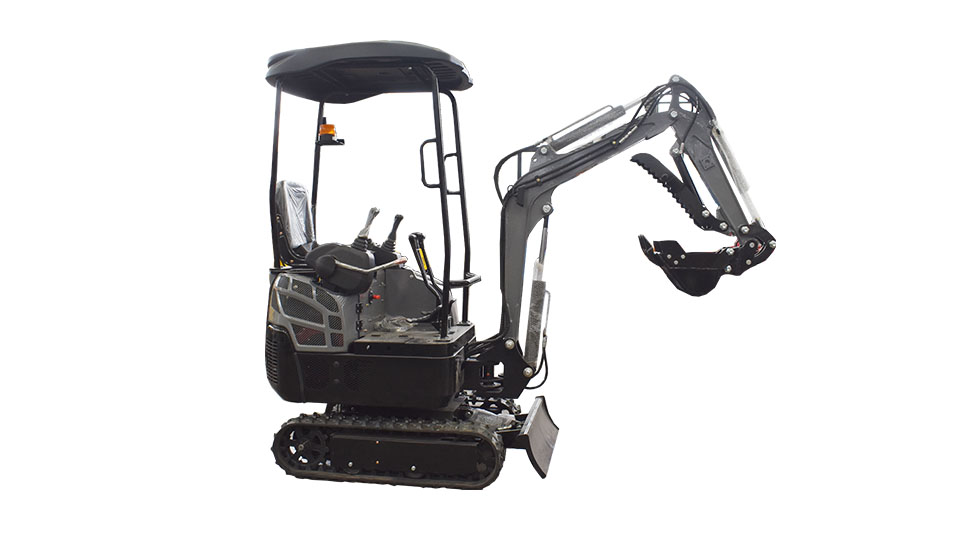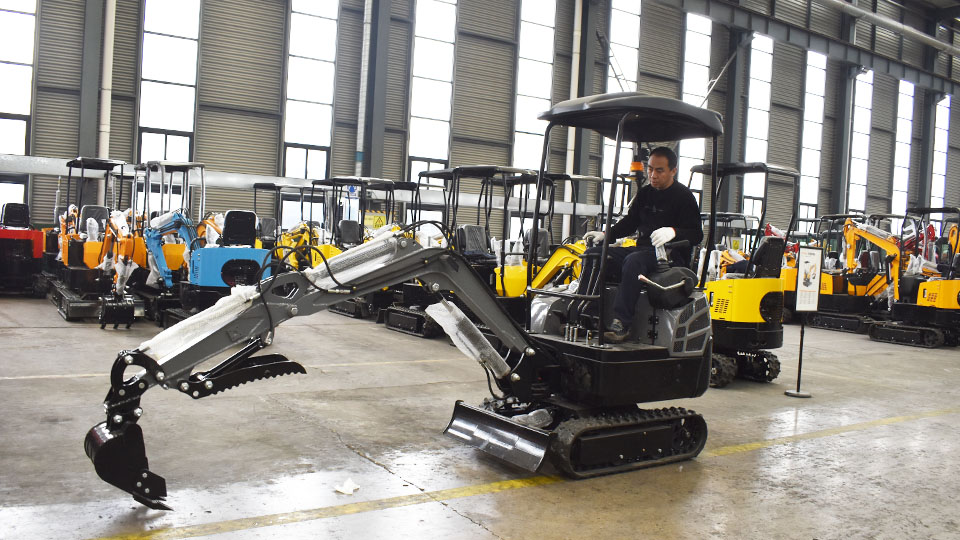Introduction
In the construction and excavation industry, the choice between an excavator and a backhoe often comes down to the specific requirements of a project. Both machines are designed to move earth and materials, but they differ significantly in their design, functionality, and the types of tasks they are best suited for. This article will provide a detailed comparison between excavators and backhoes, highlighting their unique features, capabilities, and applications.
Understanding the Basics
Excavators
Excavators are heavy machinery designed for digging and moving large amounts of earth or materials. They consist of a boom, stick, buckets, and cab on a rotating platform known as the house. The tracks or wheels provide stability and mobility.
Key Features:
Boom and Stick: The articulated arm that allows for a wide range of motion.
Bucket: The digging end, which can vary in size and shape.
Rotating Platform: Allows the operator to swing the boom and bucket in a full circle.
Tracks or Wheels: Provide stability and traction.
Backhoes
Backhoes are versatile machines that combine the capabilities of a loader and an excavator. They have a front loader for scooping and a rear digging arm for excavation.
Key Features:
Front Loader: Used for scooping materials and moving them from one place to another.
Rear Excavator: The digging arm at the back, which is used for excavation.
Compact Design: Suitable for smaller spaces and tasks that require versatility.
Wheels: Typically mounted on wheels for easy maneuverability.
Design and Functionality
Design Differences
Excavators: Have a more complex design with a rotating platform that allows for a 360-degree range of motion. This design is ideal for large-scale excavation projects where precision and reach are crucial.

Backhoes: Have a simpler design with a front loader and a rear digging arm. They are more compact and versatile, making them suitable for smaller projects and tasks that require quick transitions between loading and digging.
Functionality and Versatility
Excavators: excel in tasks that require deep excavation, such as digging foundations, trenches, and for large-scale construction projects. They can also be equipped with various attachments for specific tasks like demolition, drilling, and material handling.
Backhoes: are more versatile in smaller spaces and can quickly switch between loading and digging tasks. They are ideal for tasks like landscaping, small-scale construction, and agricultural work.
Applications and Suitability
Excavators
Excavators are suitable for a wide range of applications, including:
Large-Scale Construction: Building foundations, roads, and other infrastructure.
Mining: Surface mining operations and material handling.
Demolition: Breaking down large structures and moving debris.
Quarrying: Extracting and moving stone and other materials.
Utility Work: Digging trenches for pipes and cables.
Backhoes
Backhoes are ideal for smaller-scale projects and tasks that require versatility, such as:
Landscaping: Moving soil, planting trees, and creating garden beds.
Small-Scale Construction: Digging foundations and trenches for small buildings.
Agricultural Work: Preparing fields, moving hay, and other farm tasks.
Maintenance: Clearing debris, digging ditches, and other maintenance tasks.
Residential Projects: Home renovations, pool installations, and yard work.
Operational Considerations
Maneuverability
Excavators: While they offer a wide range of motion, their size can limit their maneuverability in tight spaces.
Backhoes: Their compact design and wheeled base make them more maneuverable and suitable for smaller areas.
Efficiency
Excavators: More efficient for large-scale projects due to their ability to handle large volumes of material quickly.
Backhoes: More efficient for smaller projects and tasks that require frequent changes between digging and loading.

Maintenance
Excavators: Require more complex maintenance due to their larger size and more intricate hydraulic systems.
Backhoes: Generally require less maintenance due to their simpler design.
Cost Implications
Purchase and Rental Costs
Excavators: Typically more expensive to purchase and rent due to their size and complexity.
Backhoes: More cost-effective for small-scale projects and those with limited budgets.
Operational Costs
Excavators: Higher fuel consumption and maintenance costs due to their larger size and more complex systems.
Backhoes: Lower fuel consumption and maintenance costs, making them more cost-effective for smaller projects.
Choosing the Right Equipment
When deciding between an excavator and a backhoe, consider the following factors:
Project Size and Scope: Larger projects may require the power and precision of an excavator, while smaller projects might be more suited to a backhoe.
Space Constraints: If the project area is limited, a backhoe's maneuverability may be more advantageous
Task Requirements: Consider the specific tasks that need to be performed. If versatility is key, a backhoe might be the better choice.
Budget: Evaluate the cost implications of each machine, including purchase, rental, and operational costs.
Maintenance: Consider the maintenance requirements and the availability of service and parts.
Conclusion
Both excavators and backhoes are valuable assets in the construction and excavation industry, each with its own set of advantages and disadvantages. Excavators are ideal for large-scale projects that require deep excavation and precision, while backhoes offer versatility and maneuverability for smaller projects and tasks that require quick transitions between digging and loading. By understanding the unique features and capabilities of each machine, you can make an informed decision that best suits your project's needs and budget.
References
"Construction Equipment Guide." Construction Equipment, 2021.
"Heavy Equipment Guide." Equipment World, 2020.
"Excavator vs Backhoe: Which One is Right for Your Project?" Construction Pro Tips, 2019.
"Choosing the Right Heavy Equipment for Your Construction Project." Builder Magazine, 2020.
"The Ultimate Guide to Heavy Machinery." Machinery Magazine, 2021.
Post time:Sep-25-2020
